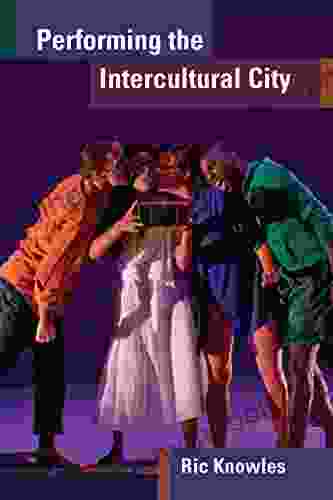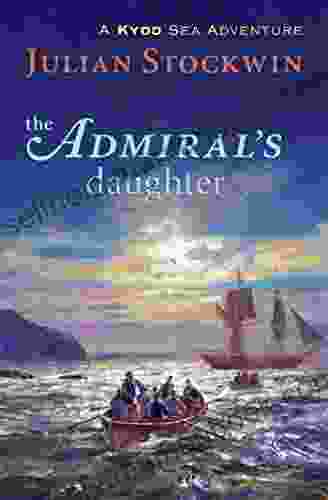Performing the Intercultural City: A Theory of Theater Text Performance

5 out of 5
| Language | : | English |
| File size | : | 4593 KB |
| Text-to-Speech | : | Enabled |
| Screen Reader | : | Supported |
| Enhanced typesetting | : | Enabled |
| Word Wise | : | Enabled |
| Print length | : | 287 pages |
| Item Weight | : | 5.8 ounces |
In an increasingly globalized world, theater is increasingly performed in intercultural contexts, where artists, audiences, and texts come from diverse cultural backgrounds. This has led to a growing interest in the development of a theory of theater text performance that takes into account the intercultural context in which theater is performed.
In this article, I propose a theory of theater text performance that is based on the work of intercultural theater scholars and performance theorists. I argue that theater text performance in intercultural contexts is a dynamic and fluid process that involves the negotiation and exchange of multiple cultural perspectives. I propose a four-part framework for analyzing theater text performance in intercultural contexts, which includes the following elements: the cultural context, the performance text, the performance event, and the audience response.
The Cultural Context
The cultural context is the first element of my framework for analyzing theater text performance in intercultural contexts. The cultural context includes the cultural backgrounds of the artists, audience, and text, as well as the cultural context in which the performance is taking place.
The cultural background of the artists influences their interpretation of the text and their performance of the play. The cultural background of the audience influences their understanding of the play and their response to the performance. The cultural context in which the performance is taking place also influences the performance, as it shapes the expectations of the audience and the constraints on the artists.
The Performance Text
The performance text is the second element of my framework for analyzing theater text performance in intercultural contexts. The performance text is the script of the play, as well as any other materials that are used in the performance, such as music, sound effects, and costumes.
The performance text is a key factor in determining the success of an intercultural theater production. The text must be carefully chosen to ensure that it is relevant to the cultural backgrounds of the artists and audience, and that it can be performed in a way that respects the cultural values of both groups.
The Performance Event
The performance event is the third element of my framework for analyzing theater text performance in intercultural contexts. The performance event is the actual performance of the play. The performance event includes the following elements:
- The actors
- The director
- The designers
- The technical crew
- The audience
The performance event is a collaborative effort that involves all of these elements. The actors must work together to bring the text to life, the director must guide the actors and ensure that the performance is cohesive, the designers must create the visual and sonic environment of the performance, the technical crew must ensure that the performance runs smoothly, and the audience must be engaged with the performance.
The Audience Response
The audience response is the fourth element of my framework for analyzing theater text performance in intercultural contexts. The audience response is the way that the audience reacts to the performance. The audience response can be positive or negative, and it can vary depending on the cultural background of the audience.
The audience response is an important factor in determining the success of an intercultural theater production. The audience response can provide valuable feedback to the artists and help them to improve their performance. The audience response can also help to build bridges between different cultures and to promote cultural understanding.
In this article, I have proposed a theory of theater text performance that is based on the work of intercultural theater scholars and performance theorists. I have argued that theater text performance in intercultural contexts is a dynamic and fluid process that involves the negotiation and exchange of multiple cultural perspectives. I have proposed a four-part framework for analyzing theater text performance in intercultural contexts, which includes the following elements: the cultural context, the performance text, the performance event, and the audience response.
This framework can be used to analyze a wide range of intercultural theater productions. It can help artists to create intercultural theater productions that are successful and meaningful, and it can help audiences to better understand and appreciate intercultural theater.
Bibliography
- Boal, Augusto. Theatre of the Oppressed. New York: Theatre Communications Group, 1993.
- Brecht, Bertolt. Brecht on Theatre. Translated by John Willett. New York: Hill and Wang, 1964.
- Brook, Peter. The Empty Space. New York: Atheneum, 1968.
- Grotowski, Jerzy. Towards a Poor Theatre. Translated by
5 out of 5
| Language | : | English |
| File size | : | 4593 KB |
| Text-to-Speech | : | Enabled |
| Screen Reader | : | Supported |
| Enhanced typesetting | : | Enabled |
| Word Wise | : | Enabled |
| Print length | : | 287 pages |
| Item Weight | : | 5.8 ounces |
Do you want to contribute by writing guest posts on this blog?
Please contact us and send us a resume of previous articles that you have written.
 Top Book
Top Book Novel
Novel Fiction
Fiction Nonfiction
Nonfiction Literature
Literature Paperback
Paperback Hardcover
Hardcover E-book
E-book Audiobook
Audiobook Bestseller
Bestseller Classic
Classic Mystery
Mystery Thriller
Thriller Romance
Romance Fantasy
Fantasy Science Fiction
Science Fiction Biography
Biography Memoir
Memoir Autobiography
Autobiography Poetry
Poetry Drama
Drama Historical Fiction
Historical Fiction Self-help
Self-help Young Adult
Young Adult Childrens Books
Childrens Books Graphic Novel
Graphic Novel Anthology
Anthology Series
Series Encyclopedia
Encyclopedia Reference
Reference Guidebook
Guidebook Textbook
Textbook Workbook
Workbook Journal
Journal Diary
Diary Manuscript
Manuscript Folio
Folio Pulp Fiction
Pulp Fiction Short Stories
Short Stories Fairy Tales
Fairy Tales Fables
Fables Mythology
Mythology Philosophy
Philosophy Religion
Religion Spirituality
Spirituality Essays
Essays Critique
Critique Commentary
Commentary Glossary
Glossary Bibliography
Bibliography Index
Index Table of Contents
Table of Contents Preface
Preface Introduction
Introduction Foreword
Foreword Afterword
Afterword Appendices
Appendices Annotations
Annotations Footnotes
Footnotes Epilogue
Epilogue Prologue
Prologue Ray Bears
Ray Bears Joshua Hale Fialkov
Joshua Hale Fialkov Kamel Sadi
Kamel Sadi Reta Halteman Finger
Reta Halteman Finger Angela Engel
Angela Engel Tien Tzuo
Tien Tzuo Hemang Doshi
Hemang Doshi Dr Humaira Kay
Dr Humaira Kay Terrie Farley Moran
Terrie Farley Moran Kelvin F Jackson
Kelvin F Jackson Dale K Cline
Dale K Cline Frank Mccourt
Frank Mccourt Fred Anderson
Fred Anderson Rebecca Stobaugh
Rebecca Stobaugh Heather Cox Richardson
Heather Cox Richardson Sarah Andersen
Sarah Andersen Roger Housden
Roger Housden Emma Curtis Hopkins
Emma Curtis Hopkins Katharine Ellis
Katharine Ellis Susanne Hope
Susanne Hope
Light bulbAdvertise smarter! Our strategic ad space ensures maximum exposure. Reserve your spot today!

 Theodore MitchellAre Online Charter Schools Threatening Public Schools? A Comprehensive...
Theodore MitchellAre Online Charter Schools Threatening Public Schools? A Comprehensive...
 Frank ButlerRecent Advances in Decolorization and Degradation of Dyes in Textile Effluent
Frank ButlerRecent Advances in Decolorization and Degradation of Dyes in Textile Effluent W. Somerset MaughamFollow ·16k
W. Somerset MaughamFollow ·16k Braeden HayesFollow ·17.6k
Braeden HayesFollow ·17.6k Herb SimmonsFollow ·4k
Herb SimmonsFollow ·4k Chance FosterFollow ·18.9k
Chance FosterFollow ·18.9k Jimmy ButlerFollow ·18.3k
Jimmy ButlerFollow ·18.3k Jaylen MitchellFollow ·14.6k
Jaylen MitchellFollow ·14.6k Douglas FosterFollow ·9.6k
Douglas FosterFollow ·9.6k Bret MitchellFollow ·19.6k
Bret MitchellFollow ·19.6k
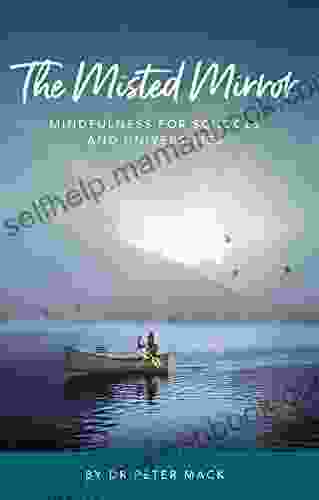
 Boris Pasternak
Boris PasternakThe Misted Mirror: Mindfulness for Schools and...
What is The Misted...
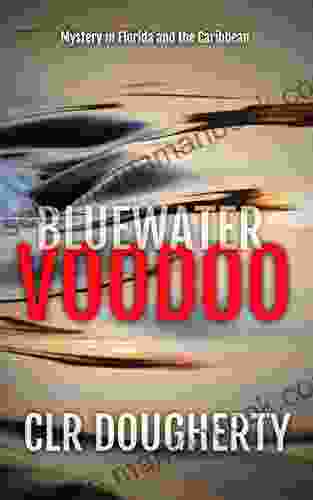
 Holden Bell
Holden BellEmbark on Thrilling Adventures in the Uncharted Depths of...
Unveiling the Enchanting...
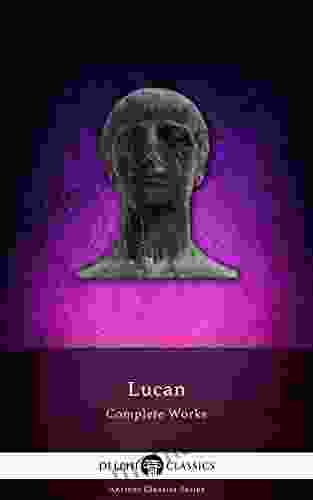
 Seth Hayes
Seth HayesDelphi Complete Works of Lucan: Illustrated Delphi...
This meticulously edited...

 Jackson Hayes
Jackson HayesThe Enigmatic Cat Burglar: Unraveling the Intriguing...
In the annals of crime, the name Bernie...
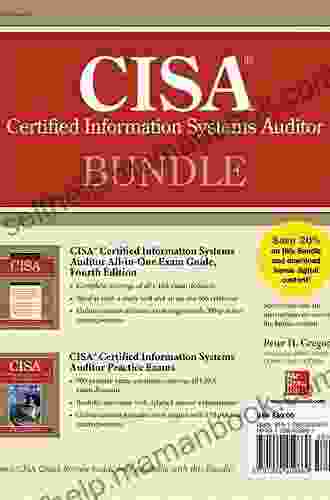
 Quentin Powell
Quentin PowellAligned With The Cisa Review Manual 2024 To Help You...
The CISA Review Manual 2024 is the most...

 Austin Ford
Austin FordUnlocking Revenue Potential: A Comprehensive Business...
In today's digital...
5 out of 5
| Language | : | English |
| File size | : | 4593 KB |
| Text-to-Speech | : | Enabled |
| Screen Reader | : | Supported |
| Enhanced typesetting | : | Enabled |
| Word Wise | : | Enabled |
| Print length | : | 287 pages |
| Item Weight | : | 5.8 ounces |


